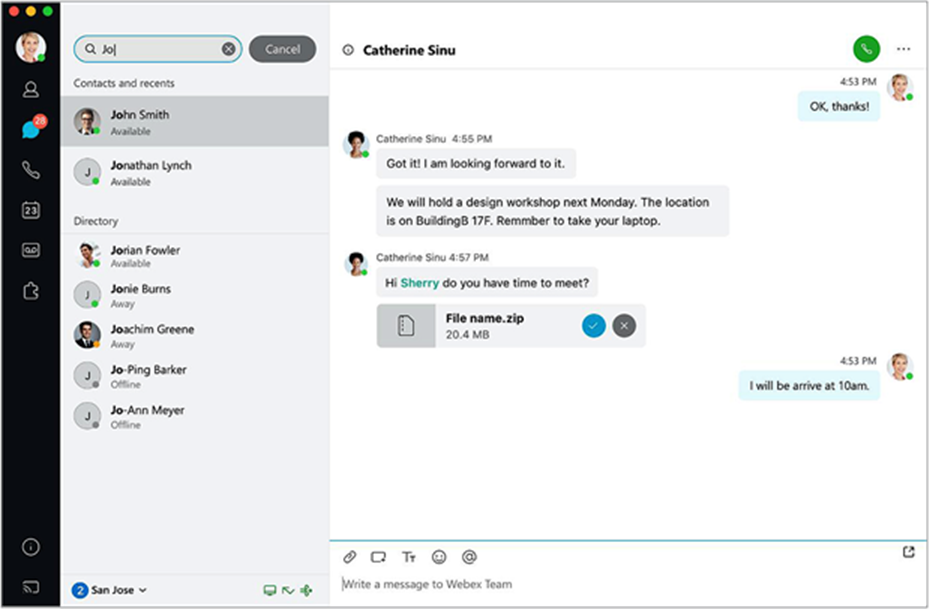2021. 5. 7. 21:16ㆍ카테고리 없음

-->
- Microsoft Outlook For Mac Font Is Restricted To Asian Font Google
- Microsoft Outlook For Mac Font Is Restricted To Asian Font Online
- Microsoft Outlook For Mac Font Is Restricted To Asian Font File

Aug 18, 2011 Stubborn Word font changes by rshanmug2 Aug 18, 2011 2:44PM PDT I'm using Word 2010 and have a file that, as far as I can tell, is entirely in one font. Jan 18, 2016 Missing Fonts in PowerPoint Presentations. But OK, back to the problem. So you used a non-standard font on your slide. It looks fine of course, on.
In compressed.zip files to reduce file size and make downloading faster. If you have downloaded a font that is saved in.zip format, you can 'unzip' it by double-clicking the icon for the font and following the instructions on the screen. Installing new fonts 1. Close any open Windows applications, such as Microsoft Word or Microsoft Outlook®. Select the font you want to change. New mail messages - Sets the default font for original messages you compose. Replying or forwarding messages - You can have a different font on messages you're forwarding or replying to. This setting is mostly for the two check boxes that let you mark your comments with your name (or other text) or with a different color of text.
Applies to:
- Windows 10
Learn more about what features and functionality are supported in each Windows edition at Compare Windows 10 Editions.
To help protect your company from attacks which may originate from untrusted or attacker controlled font files, we’ve created the Blocking Untrusted Fonts feature. Using this feature, you can turn on a global setting that stops your employees from loading untrusted fonts processed using the Graphics Device Interface (GDI) onto your network. Untrusted fonts are any font installed outside of the %windir%/Fonts directory. Blocking untrusted fonts helps prevent both remote (web-based or email-based) and local EOP attacks that can happen during the font file-parsing process.
What does this mean for me?
Blocking untrusted fonts helps improve your network and employee protection against font-processing-related attacks. By default, this feature is not turned on.
How does this feature work?
There are 3 ways to use this feature:
On. Helps stop any font processed using GDI from loading outside of the
%windir%/Fontsdirectory. It also turns on event logging.Audit. Turns on event logging, but doesn’t block fonts from loading, regardless of location. The name of the apps that use untrusted fonts appear in your event log.
Note
If you aren’t quite ready to deploy this feature into your organization, you can run it in Audit mode to see if not loading untrusted fonts causes any usability or compatibility issues.Exclude apps to load untrusted fonts. You can exclude specific apps, allowing them to load untrusted fonts, even while this feature is turned on. For instructions, see Fix apps having problems because of blocked fonts.
Potential reductions in functionality
After you turn this feature on, your employees might experience reduced functionality when:
Sending a print job to a remote printer server that uses this feature and where the spooler process hasn’t been specifically excluded. In this situation, any fonts that aren’t already available in the server’s %windir%/Fonts folder won’t be used.
Printing using fonts provided by the installed printer’s graphics .dll file, outside of the %windir%/Fonts folder. For more information, see Introduction to Printer Graphics DLLs.
Using first or third-party apps that use memory-based fonts.
Using Internet Explorer to look at websites that use embedded fonts. In this situation, the feature blocks the embedded font, causing the website to use a default font. However, not all fonts have all of the characters, so the website might render differently.
Using desktop Office to look at documents with embedded fonts. In this situation, content shows up using a default font picked by Office.
Turn on and use the Blocking Untrusted Fonts feature
Use Group Policy or the registry to turn this feature on, off, or to use audit mode.
To turn on and use the Blocking Untrusted Fonts feature through Group Policy

Open the Group Policy editor (gpedit.msc) and go to
Computer ConfigurationAdministrative TemplatesSystemMitigation OptionsUntrusted Font Blocking.Click Enabled to turn the feature on, and then click one of the following Migitation Options:
Block untrusted fonts and log events. Turns the feature on, blocking untrusted fonts and logging installation attempts to the event log.
Do not block untrusted fonts. Turns the feature on, but doesn't block untrusted fonts nor does it log installation attempts to the event log.
Log events without blocking untrusted fonts. Turns the feature on, logging installation attempts to the event log, but not blocking untrusted fonts.
Click OK.
To turn on and use the Blocking Untrusted Fonts feature through the registryTo turn this feature on, off, or to use audit mode:
Open the registry editor (regedit.exe) and go to
HKEY_LOCAL_MACHINESYSTEMCurrentControlSetControlSession ManagerKernel.If the MitigationOptions key isn't there, right-click and add a new QWORD (64-bit) Value, renaming it to MitigationOptions.
Right click on the MitigationOptions key, and then click Modify.
The Edit QWORD (64-bit) Value box opens.
Make sure the Base option is Hexadecimal, and then update the Value data, making sure you keep your existing value, like in the important note below:
To turn this feature on. Type 1000000000000.
To turn this feature off. Type 2000000000000.
To audit with this feature. Type 3000000000000.
Important
Your existing MitigationOptions values should be saved during your update. For example, if the current value is 1000, your updated value should be 1000000001000.
Restart your computer.
View the event log
After you turn this feature on, or start using Audit mode, you can look at your event logs for details.
To look at your event log
Open the event viewer (eventvwr.exe) and go to Application and Service Logs/Microsoft/Windows/Win32k/Operational.
Scroll down to EventID: 260 and review the relevant events.
Event Example 1 - MS Word
WINWORD.EXE attempted loading a font that is restricted by font-loading policy.
FontType: Memory
FontPath:
Blocked: trueNote
Because the FontType is Memory, there’s no associated FontPath.
Event Example 2 - Winlogon
Winlogon.exe attempted loading a font that is restricted by font-loading policy.
FontType: File
FontPath:??C:PROGRAM FILES (X86)COMMON FILESMICROSOFT SHAREDEQUATIONMTEXTRA.TTF
Blocked: trueNote
Because the FontType is File, there’s also an associated FontPath.
Event Example 3 - Internet Explorer running in Audit mode
Iexplore.exe attempted loading a font that is restricted by font-loading policy.
FontType: Memory
FontPath:
Blocked: falseNote
In Audit mode, the problem is recorded, but the font isn’t blocked.
Fix apps having problems because of blocked fonts
Microsoft Outlook For Mac Font Is Restricted To Asian Font Google
Your company may still need apps that are having problems because of blocked fonts, so we suggest that you first run this feature in Audit mode to determine which fonts are causing the problems.
Microsoft Outlook For Mac Font Is Restricted To Asian Font Online
After you figure out the problematic fonts, you can try to fix your apps in 2 ways: by directly installing the fonts into the %windir%/Fonts directory or by excluding the underlying processes and letting the fonts load. As the default solution, we highly recommend that you install the problematic font. Installing fonts is safer than excluding apps because excluded apps can load any font, trusted or untrusted.
To fix your apps by installing the problematic fonts (recommended)
- On each computer with the app installed, right-click on the font name and click Install.
The font should automatically install into your
%windir%/Fontsdirectory. If it doesn’t, you’ll need to manually copy the font files into the Fonts directory and run the installation from there.
To fix your apps by excluding processes
On each computer with the app installed, open regedit.exe and go to
HKEY_LOCAL_MACHINESoftwareMicrosoftWindows NTCurrentVersionImage File Execution Options<process_image_name>.
For example, if you want to exclude Microsoft Word processes, you’d useHKEY_LOCAL_MACHINESoftwareMicrosoftWindows NTCurrentVersionImage File Execution OptionsWinword.exe.Add any additional processes that need to be excluded here, and then turn the Blocking untrusted fonts feature on, using the steps in the Turn on and use the Blocking Untrusted Fonts feature section of this topic.
Related content
-->Why Microsoft Search?
Get an enterprise search experience that increases productivity and saves time by delivering more relevant search results for your organization
Featured topics
Make content searchable
See which features are available for admins and users, including what you'll find when you search
Get started
Find out how to get started with Microsoft Search and configure it for your organization
Search in SharePoint
Wondering how SharePoint and Microsoft Search work together?
Microsoft Outlook For Mac Font Is Restricted To Asian Font File
Use Microsoft Search
View articles and videos to help train your users to be more productive with Microsoft Search